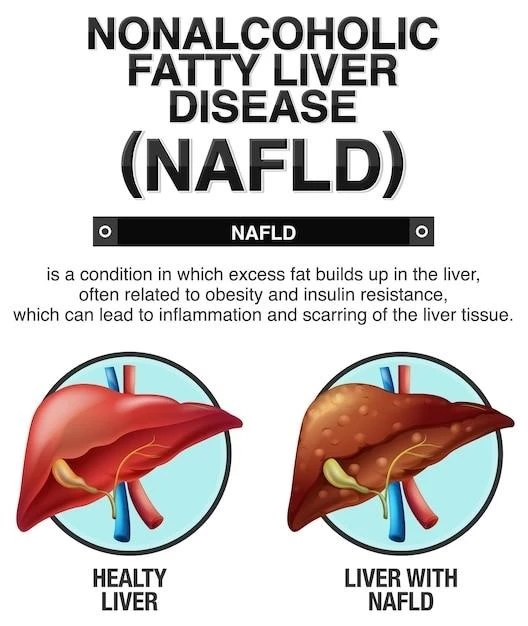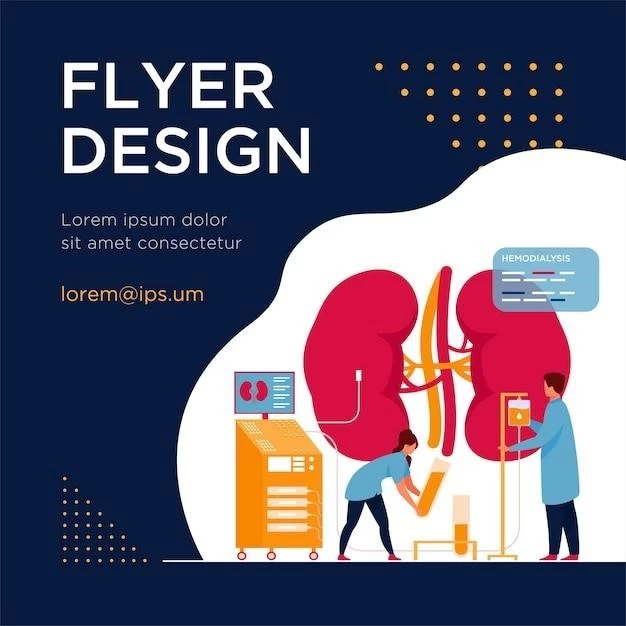Understanding Biliary Atresia
Causes of Biliary Atresia
Biliary atresia is a rare liver disease, and its exact cause is unknown. However, several factors have been linked to its development, including genetic predisposition, viral infections, immune system dysfunction, and abnormal bile duct development during fetal growth.
Research suggests that a combination of genetic and environmental factors may contribute to the onset of biliary atresia. Studies are ongoing to better understand the complex interplay of these factors in the development of this condition.
While the precise cause remains elusive, early detection and prompt treatment play a crucial role in managing biliary atresia and improving outcomes for affected individuals. Collaboration between healthcare providers, researchers, and families is essential in advancing our knowledge of this condition and developing more effective treatment strategies.

Symptoms of Biliary Atresia
The early signs of biliary atresia can be subtle, making diagnosis challenging. Common symptoms include jaundice, dark urine, pale stools, enlarged liver, abdominal swelling, poor weight gain, and irritability. Infants may also experience slow growth, poor appetite, and prolonged jaundice beyond the first two weeks of life.
As the disease progresses, additional symptoms may emerge, such as itching, easy bruising, and signs of liver failure. Timely recognition of these symptoms is crucial for prompt medical evaluation and initiation of appropriate treatment. Regular monitoring by healthcare professionals is essential in managing the symptoms and complications associated with biliary atresia.
Given the non-specific nature of the early symptoms, caregivers should maintain open communication with healthcare providers and seek medical attention if they notice any concerning changes in their child’s health. Early intervention can help improve outcomes and quality of life for children affected by biliary atresia.
Diagnosis of Biliary Atresia
Diagnosing biliary atresia often involves a series of tests and evaluations to confirm the condition. Medical professionals may perform blood tests to assess liver function, imaging studies such as ultrasound or MRI to visualize the liver and bile ducts, and a liver biopsy to examine liver tissue for signs of inflammation or scarring.
A key diagnostic procedure for biliary atresia is a surgical cholangiogram, where a contrast dye is injected into the liver to outline the bile ducts. If the contrast fails to flow into the intestine, it may indicate a blockage, supporting the diagnosis of biliary atresia.
Early and accurate diagnosis is critical in biliary atresia to facilitate timely intervention and improve the chances of successful treatment. Close collaboration between pediatric specialists, surgeons, radiologists, and pathologists is essential in establishing a definitive diagnosis and tailoring a comprehensive treatment plan for each individual affected by this condition.
Treatment Options for Biliary Atresia
Treatment for biliary atresia typically involves surgical intervention to restore bile flow and alleviate liver damage. The Kasai procedure, a surgical technique that connects the liver directly to the intestine, is commonly performed in infants diagnosed with biliary atresia.
While the Kasai procedure can improve bile flow and liver function, some children may eventually require a liver transplant due to progressive liver damage. Liver transplantation is a definitive treatment option for advanced cases of biliary atresia where the liver is severely compromised.
Following surgical procedures, ongoing medical management, including medications to support liver function, nutritional support to aid growth, and regular monitoring of liver health, are essential components of the treatment plan. Collaborative care involving hepatologists, pediatric surgeons, dietitians, and transplant specialists is crucial in providing comprehensive and personalized care for individuals with biliary atresia.
Prognosis for Biliary Atresia
The prognosis for biliary atresia varies depending on factors such as the age at diagnosis, response to initial treatments, and the progression of liver disease. Early detection and prompt intervention, including the Kasai procedure, can improve outcomes and delay the need for liver transplantation.
Despite advancements in surgical techniques and medical management, some individuals with biliary atresia may eventually require a liver transplant due to complications such as liver failure or cirrhosis. The long-term prognosis after a liver transplant is generally favorable, with many individuals experiencing improved quality of life and overall health.
Regular follow-up care, adherence to medication regimens, and lifestyle modifications are essential for individuals with biliary atresia to optimize their long-term prognosis and minimize the risk of disease progression. Continued research and medical advancements in the field of liver transplantation and hepatology contribute to enhancing outcomes and quality of life for those affected by biliary atresia.
Complications of Biliary Atresia
Biliary atresia can lead to various complications, including progressive liver damage, cirrhosis, portal hypertension, and an increased risk of liver cancer. The inadequate flow of bile from the liver can cause bile buildup, leading to inflammation and scarring of liver tissue over time.
As the liver becomes increasingly damaged, complications such as jaundice, ascites (abdominal fluid accumulation), variceal bleeding, and nutrient absorption issues may arise. Children with biliary atresia are at a higher risk of developing liver-related complications that can impact their overall health and quality of life.
Managing complications of biliary atresia requires a multidisciplinary approach involving hepatologists, transplant specialists, nutritionists, and other healthcare providers. Close monitoring, timely interventions, and adherence to treatment plans are crucial in addressing complications, preserving liver function, and improving outcomes for individuals affected by biliary atresia.
Research and Advances in Biliary Atresia
Ongoing research in biliary atresia aims to enhance our understanding of the underlying causes of the condition, improve diagnostic techniques, refine treatment strategies, and explore novel therapies. Scientists are investigating genetic factors, immune system dysregulation, and environmental influences to unravel the complex mechanisms involved in biliary atresia development.
Recent advances in imaging technology, such as magnetic resonance cholangiopancreatography (MRCP) and endoscopic retrograde cholangiopancreatography (ERCP), have enabled more precise visualization of the bile ducts, aiding in early detection and diagnostic accuracy.
Clinical trials evaluating new surgical approaches, medications to reduce liver inflammation, and interventions to prevent complications are underway to optimize outcomes for individuals with biliary atresia. Collaborative efforts between researchers, healthcare providers, and advocacy groups play a vital role in driving progress and improving the lives of those affected by this challenging liver condition.
Support and Resources for Biliary Atresia
Individuals and families impacted by biliary atresia can benefit from a range of support services and resources aimed at providing emotional, educational, and practical assistance. Patient advocacy organizations, such as the Biliary Atresia and Liver Transplant Network, offer valuable information, peer support, and advocacy opportunities.
Specialized healthcare teams, including hepatologists, nutritionists, and social workers, play a crucial role in providing comprehensive care and addressing the unique needs of individuals with biliary atresia. Access to mental health professionals, support groups, and educational materials can help families navigate the challenges associated with the condition.
Financial assistance programs, care coordination services, and online forums provide additional support for individuals and families managing the complexities of biliary atresia. Engaging with community resources and staying informed about the latest research developments can empower individuals to make informed decisions regarding their healthcare and overall well-being.
